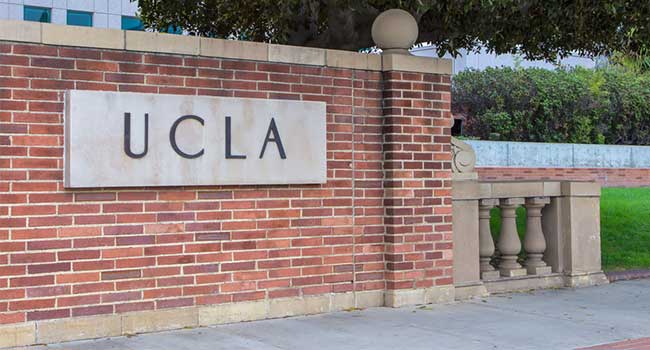
UCLA Releases Analysis of Security Following On-Campus Shooting
The University of California at Los Angeles has released a report on security recommendations following an on-campus shooting in June.
The campus’ security was called into question after students were unable to lock themselves into classrooms to complete the lockdown procedure. Many created makeshift barricades with furniture to keep the suspected gunman out of their classroom.
Later, the news broke that a former doctoral student stormed the office of engineering professor William Klug and shot him before killing himself. The students at the other buildings on campus were not in any danger, but that didn’t keep the school from staying in lockdown for several hours as police swarmed the campus, clearing the building in which the shots were heard.
Since that day, school officials have been analyzing the experiences of that day, trying to figure out how to better handle emergencies.
On Tuesday, Oct. 18, the school released a report that outlines the steps it will take to improve its emergency response and attempt to prevent future crisis.
The measures include better training in emergency procedures as many on campus reported that they had no idea what to do in the event of a lockdown. The school has also planned to add locks to classroom doors, use faster emergency communication software to send out more frequent alerts and will help staff and faculty learn to identify emotional distress.
The report, put together by a task force, was the result of a detailed investigation into the events that unfolded the day of the shooting. At 9:38 a.m. that morning, campus police got a call that two shots had been fired in the engineering building. At 9:49 a.m. UCLA used its messaging system to alert students. The alert read: “Police Activity vic Engineering Building 4. Avoid area until further notice.”
At 9:53 a.m. a second alert was sent out to indicate there was a shooting in the building, it asked students, staff and faculty to go into lockdown mode.
At 10:01 a.m. police discovered two bodies in the building.
It took at least four minutes and 22 seconds for the UCLA email alerts to be delivered and five minutes and 44 seconds for the text message alerts to be sent out. Students also had to wait even longer for additional information, as the first alert did not specify what was happening. It was over an hour before the second and third alert was sent out.
In addition to implementing the new emergency communication system, UCLA officials are also looking for ways to add more students to the database, as some said they were out of the alert loop because they didn’t have a cellphone or a UCLA email address.
The task force looked for other areas of improvement as well, such as the locks on classroom doors. A lot of classrooms had automated locks because of fire codes and the concern that manual locks could allow a predator to lock a victim inside.
Over the summer, UCLA fixed the issue for about 200 rooms. Now, the doors can be locked from inside, and administrators or law enforcement can use electronic fobs to open or close them from the outside.
While the report outlined several recommendations and procedures that have already been put in place, it also made a point of saying the security measures can only go so far because, ““we cannot wall ourselves off from every conceivable danger.”